 2002 Hyundai Getz Dimensions, Size & Specs
2002 Hyundai Getz Dimensions, Size & SpecsMeasurements of the 2002 Hyundai Getz, engineered for optimal performance and comfort
| Dimensions | |
|---|---|
| Length: | 3810-3825 mm150.0-150.6 in12.5-12.5 ft |
| Width: | 1665 mm65.6 in5.5 ft |
| Height: | 1495 mm58.9 in4.9 ft |
| Trunk Capacity: | 254 liter9.0 cu ft |
| Trunk Capacity (Max): | 977 liter34.5 cu ft |
| Weight Specifications | |
| Curb Weight: | 930-1187 kg2050-2617 lbs |
| Maximal permitted Weight: | 1420-1600 kg3131-3527 lbs |
| Tire Specifications | |
| Rims Sizes: |
|
| Tire Sizes: |
|
The Hyundai Getz (2002-2009) is a compact hatchback designed for urban driving, blending efficient dimensions with practical interior space. Measuring between 3810 mm and 3825 mm (150 to 150.6 inches) in length, 1665 mm (65.6 inches) in width, and 1490 to 1495 mm (58.7 to 58.9 inches) in height, the Getz offers a compact footprint suitable for tight city environments. Its curb weight ranges from 930 kg to 1187 kg (2050 to 2618 lbs), reflecting various trims and equipment levels, while the maximum weight varies between 1420 kg and 1600 kg (3130 to 3527 lbs).
One of the standout features of the Hyundai Getz is its cargo versatility. The luggage capacity is 254 liters (8.97 cubic feet) with seats up, expanding significantly to 977 liters (34.5 cubic feet) when the rear seats are folded down, making it a practical choice for small families or individuals requiring flexible storage. The Getz is equipped with rim sizes of 14 and 15 inches and compatible tire sizes include 155/80 R13, 175/65 R14, and 185/55 R15, contributing to stable handling and a comfortable ride.
This generation Getz is popular for its economical size and balance between passenger comfort and cargo space, making it an excellent option for those seeking a reliable, city-friendly hatchback. Its production span from 2002 to 2009 marked Hyundai's commitment to offering affordable, versatile cars with practical specifications tailored for everyday use.
Discover the standout features that make the 2002 Hyundai Getz a leader in its class
Have a question? Please check our knowledgebase first.
The Hyundai Getz produced between 2002 and 2009 measures approximately 3810 to 3825 millimeters (about 150 to 150.6 inches) in length. This compact size makes the Getz highly maneuverable in urban environments, allowing for easy parking and navigation through tight city streets. Its modest length supports efficient handling, which is particularly beneficial for everyday commuting and congested traffic scenarios. The relatively compact footprint also helps in reducing blind spots and improving visibility, enhancing overall driving confidence in urban settings.
The Hyundai Getz 2002-2009 has a width of 1665 millimeters (approximately 65.6 inches). This width provides a balance between exterior compactness and interior space. While it keeps the car manageable in narrow roads and parking spots, it also allocates reasonable shoulder room for passengers inside the cabin. Though it’s not as spacious as larger vehicles, the width supports four adult passengers comfortably for shorter or medium-length trips. The adequate width also allows for a sensible seating arrangement and contributes to overall passenger comfort without compromising the car’s compact design.
The height of the Hyundai Getz ranges between 1490 and 1495 millimeters (58.7 to 58.9 inches). This moderate height offers sufficient headroom for most passengers, enhancing comfort inside the cabin, especially in terms of upward space. Additionally, the car’s relatively low height contributes positively to aerodynamic performance and handling stability by lowering the center of gravity. This means better cornering dynamics and less body roll when compared to taller vehicles, making the Getz a stable and comfortable option for city and suburban driving.
The Hyundai Getz weighs between 930 to 1187 kilograms (about 2050 to 2618 pounds) depending on configuration and trim. A lower curb weight generally benefits fuel efficiency as the engine requires less energy to move the vehicle. In the case of the Getz, this relatively light weight contributes to respectable fuel economy figures suitable for a city hatchback. Moreover, the manageable mass helps enhance handling characteristics by making the vehicle more responsive and agile, especially during tight turns and sudden maneuvers. Its weight balance complements the car’s design for urban practicality and ease of use.
The maximum weight the Hyundai Getz can handle ranges between 1420 and 1600 kilograms (approximately 3130 to 3530 pounds), including the vehicle's curb weight, passengers, cargo, and fuel. This capacity ensures the vehicle can safely carry a full complement of passengers—usually up to five people—plus their belongings without compromising performance or safety. Staying within this maximum weight limit is crucial to maintaining proper braking, suspension effectiveness, and overall vehicle control, especially when fully loaded with passengers and luggage during trips.
The Hyundai Getz offers a luggage capacity of 254 liters (approximately 8.97 cubic feet) with the rear seats in their upright position. This space is sufficient for daily grocery shopping, small suitcases, or everyday essentials. When the rear seats are folded down, the available cargo area expands significantly to 977 liters (about 34.5 cubic feet), providing a versatile configuration for transporting larger items such as furniture parts, sports equipment, or extended luggage. This flexibility makes the Getz practical for both regular commuting and weekend road trips.
Yes, the Hyundai Getz fits comfortably inside a standard residential garage. With a length of roughly 3.81 to 3.825 meters (12.5 feet), a width of 1.665 meters (5.46 feet), and a height of about 1.49 meters (4.89 feet), the car’s dimensions are well within the typical garage size standards, which often range around 6 meters (20 feet) in length and 3 meters (10 feet) in width. This means owners can store the vehicle conveniently without spatial constraints, and still have some room left for opening doors, storage, or moving around the car inside the garage.
The Hyundai Getz, introduced in 2002, was designed to replace the Hyundai Accent hatchback models in many markets. Compared to those earlier models, the Getz offered slightly more refined and modern dimensions targeted at improving urban practicality and comfort. Although the predecessor Accent hatchbacks had similar lengths (between 3700 and 3800 millimeters), the Getz improved slightly in width and height, providing a roomier cabin feel and better ergonomics. Overall, the Getz optimized space usage better while retaining a compact footprint suitable for city driving, marking a progressive step forward in Hyundai’s small hatchback lineup.
When compared to similar hatchbacks from the early 2000s, such as the Ford Fiesta, Volkswagen Polo, or Toyota Yaris, the Hyundai Getz fits well within the standard small hatchback segment size range. Its length (3.81 to 3.825 meters) and width (1.665 meters) are comparable, making it competitive in terms of ease of parking and urban use. Some rivals may offer marginally more interior space or cargo capacity, but the Getz maintains a good balance between compact exterior dimensions and practical interior space. Its relatively lightweight also contributes to nimble performance and fuel efficiency, making it a well-rounded choice in the segment.
The Hyundai Getz came equipped with rim sizes such as 14-inch and 15-inch options. Tire sizes varied and included 155/80 R13, 175/65 R14, 175/65 R14, and 185/55 R15 configurations. Smaller rims with higher-profile tires, such as 14-inch rims paired with 175/65 tires, tend to provide a softer and more comfortable ride by better absorbing road imperfections. Larger rims with lower-profile tires, like the 15-inch rims with 185/55 tires, offer improved handling and responsiveness due to reduced sidewall flex but can result in a firmer ride. This range allowed buyers to choose between comfort-oriented or sportier driving characteristics based on preferences and road conditions.
Discover similar sized cars.
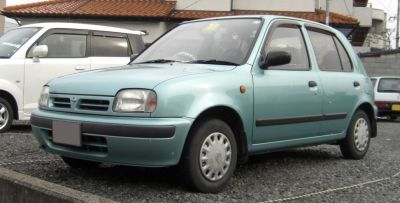
| Production: | 1992-2002 |
|---|---|
| Model Year: | 1992 |
| Length: | 3695-3746 mm145.5-147.5 in |
| Width: | 1585-1595 mm62.4-62.8 in |
| Height: | 1430-1440 mm56.3-56.7 in |
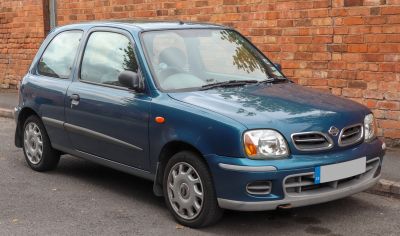
| Model Year: | 1992 |
|---|---|
| Length: | 3695-3746 mm145.5-147.5 in |
| Width: | 1585-1595 mm62.4-62.8 in |
| Height: | 1430-1440 mm56.3-56.7 in |
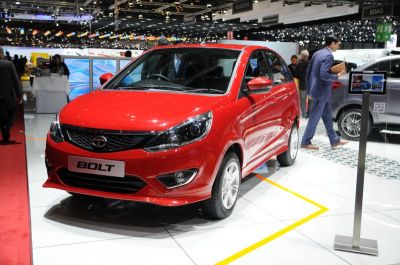
| Production: | 2014-2019 |
|---|---|
| Model Year: | 2015 |
| Length: | 3825 mm150.6 in |
| Width: | 1695 mm66.7 in |
| Height: | 1562 mm61.5 in |
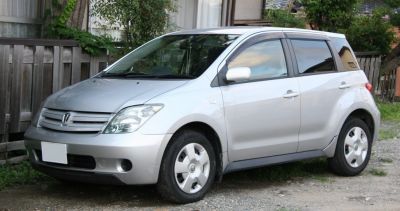
| Production: | 2002-2007 |
|---|---|
| Model Year: | 2002 |
| Length: | 3855 mm151.8 in |
| Width: | 1695 mm66.7 in |
| Height: | 1530 mm60.2 in |
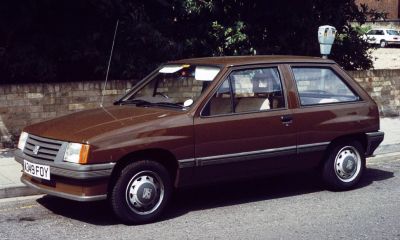
| Production: | 1983-1993 |
|---|---|
| Model Year: | 1983 |
| Length: | 3622-3730 mm142.6-146.9 in |
| Width: | 1535-1610 mm60.4-63.4 in |
| Height: | 1364-1435 mm53.7-56.5 in |
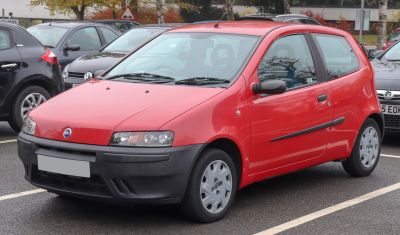
| Production: | 1999-2003 |
|---|---|
| Model Year: | 2000 |
| Length: | 3800 mm149.6 in |
| Width: | 1660 mm65.4 in |
| Height: | 1480 mm58.3 in |

| Production: | 2002-2008 |
|---|---|
| Model Year: | 2002 |
| Length: | 3830 mm150.8 in |
| Width: | 1675 mm65.9 in |
| Height: | 1525 mm60.0 in |
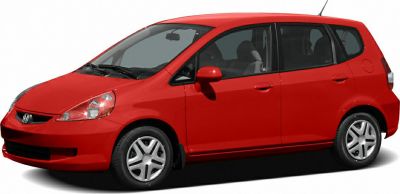
| Production: | 2001-2007 |
|---|---|
| Model Year: | 2001 |
| Length: | 3830 mm150.8 in |
| Width: | 1675 mm65.9 in |
| Height: | 1525 mm60.0 in |
